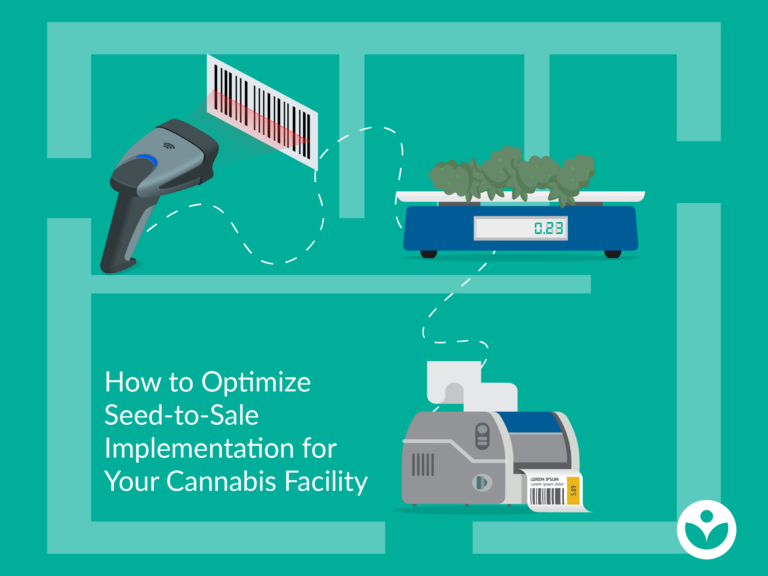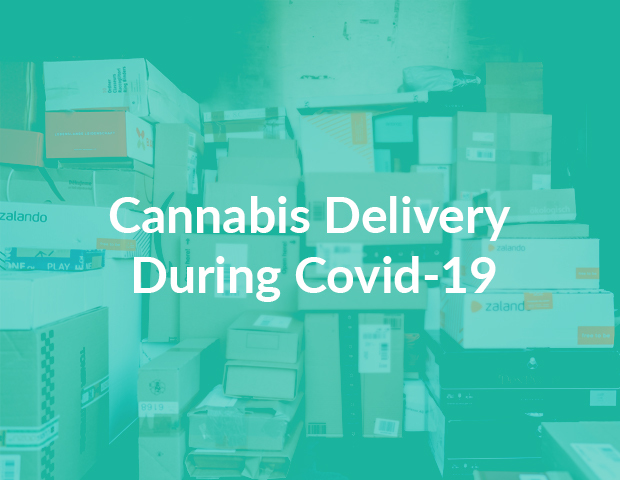
Training
How to Train Cannabis Production Employees on Seed-to-Sale Software
Like almost any enterprise business software, seed-to-sale software requires extensive employee training and onboarding time to ensure employees are using it properly and efficiently. While the platforms are not difficult to use, per se, there are many required regulatory steps that introduce complexities that employees need to manage.
There’s a major difference between seed-to-sale software and typical CRM programs or other enterprise technologies. Seed-to-sale software is a fairly new concept, meaning there’s a huge shortage of properly trained cannabis employees that know how to use it effectively. Chances are you will need to train almost all new hires on how to use your seed-to-sale software of choice.
Thankfully, training methodologies from other software can apply to seed to sale. We’ve outlined the most common methods of seed-to-sale training that we have observed over the past few years, and have noted the things to consider with each option.
Job shadowing
How it works: Have each new employee follow another employee around for a period of time (from days to weeks) as they both complete their duties. This will allow the new employees to watch regular daily tasks completed and ask questions. Since the new employee will get a general snapshot of what their days will look like, this will allow them a chance to think in more detail about the skills they will need to thrive in a cannabis workspace.
Things to consider: Job shadowing will help new employees form friendships and connections with coworkers, and help to develop the social culture in your company as well.
After the initial job shadowing experience, new employees can re-shadow another employee, or the same one, for a short period to ensure that all the skills they were shown are learned more extensively.
Paid instructors
How it works: Hire consultants or instructors to come into your workplace and run training courses for your employees. Try to group the employees by their job function so that instructors can focus their time on the job functions relevant to the employees in the room.
Things to consider: Figuring out who needs to know what. There’s little value in having your finance team sit through training on how to grow and process cannabis plants when all they really need to see are the reporting features. While this type of training may be much shorter than job shadowing, it’s unfortunate that it takes your workforce off the production floor.
Hire a graduate
How it works: Some colleges and job training institutions have picked up on the career opportunities that the cannabis industry has created and have developed cannabis education courses. These courses often include the use of seed-to-sale software solutions. Ample Organics, for example, has partnered with a number of colleges, universities, and organizations across the country, including KPU, Niagara College, AAPS, and Cannabis at Work, to assist with this, and have provided these schools and students with access to our seed-to-sale platform and training programs.
Things to consider: It’s best to carefully plan your recruiting efforts to align with the graduation times for these programs. Most of the programs range from four months to one year, so if you need to hire a lot of people in a short period , you will want to ensure that it is not at the start of the semester if you want to pursue this option.
AmpleLearn
How it works: AmpleLearn is a dynamic education platform hosted in an online Learning Management System (LMS) that teaches users how to apply their skills to the Ample Organics seed-to-sale solution. Since the courses are hosted online, employees can complete them at their own pace and time.
The curriculum is based on real-life scenarios and challenges that a cannabis facility employee would need to know how to navigate using seed-to-sale software.
Things to consider: AmpleLearn offers certifications for five learning paths: Cultivation, Client Services, Quality Assurance, Inventory Management, and Administration. Students who are up to the challenge of completing all five certifications can opt to pursue the Ample Champion Teal Certification.
Virtual environments
How it works: Using a sandbox environment of your seed-to-sale solution, come up with management-approved tasks and have new hires complete the tasks as if they were working within the facility. Grade your employees on their accuracy and speed. Correct any mistakes and send them back to do it all over again.
Ensure that the employees have a record of the task, such as a digital or printed task sheet. Having employees complete virtual tasks will help to generate sample data for your reporting teams to use for their own training, so that you wind up with a more realistic sandbox environment.
Things to consider: The caveat for this training method is that sandbox environments almost always require an additional fee due to hosting costs, usually between $500 to $1,000 per month.
Sink or swim
How it works: Let new employees get to work. If they have questions or make mistakes, you can have more senior employees make corrections on the go.
Things to consider: Be careful to ensure that new employees do not try changing anything that might breach regulatory requirements or CRA reporting. This option would inevitably drive up support costs due to data-correction requirements if mistakes were made.
People power compliance
Some software options are more user-friendly than others, so you want to ensure that all of your employees are properly trained to use it. This way, you’ll stay compliant and can gain operational efficiencies by fully understanding the data that is being collected. Your employees will also be happier and work more confidently if they are properly trained.
Considering the time and financial investment that you will be making with a seed-to-sale software implementation, it can go a long way to spend a little extra money on training resources.


